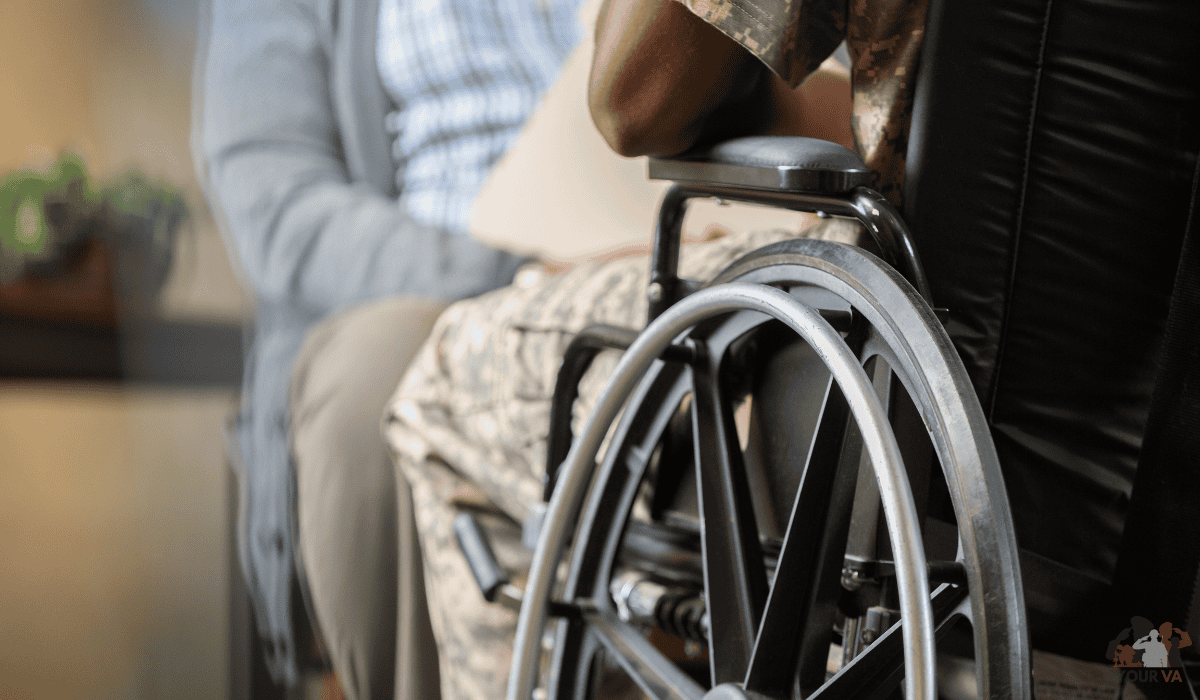You’ve served honorably, and now it’s time to secure the VA disability benefits you deserve. But did you know timing is absolutely critical? VA disability claim filing deadlines directly control how much back pay you might receive. We’re talking potentially tens of thousands of dollars.
Right now, the VA takes about 3.5 months on average to decide claims. While that’s faster than years past, it underscores why knowing the rules before you file a claim is non-negotiable.
From our experience, missing key time limit windows is the single biggest avoidable mistake veterans make, costing them significant retroactive benefits.
This guide cuts through the confusion.
We’ll explain the crucial deadlines for 2025, how effective dates work, proven filing strategies, and what evidence (medical records, service records) you need to succeed, whether you’re approaching separation or discovered a condition years later.
Already tackled how to file first VA disability claim? Great! This builds on that foundation. For those ready to act, understanding initial va disability claims filing timelines is vital. Soon, we’ll also explore the specifics of online VA disability claims.
Key Points
- File within one year of discharge to lock in your effective date and maximize back pay (often $20k-$50k+).
- Use the BDD program 90-180 days pre-separation for faster decisions and guaranteed early effective dates.
- Gather military service records, medical records, and nexus letters early. Delays cost time and benefits.
- Missed deadlines? File a supplemental claim or appeal with new evidence. Recovery is possible with expert help.
Why Filing on Time Matters: The One-Year Rule & Effective Dates
Getting your VA disability claim in on time? Not just paperwork. Look at it as protecting your money. A crucial rule exists: file within one year of leaving active duty. Do this, and your effective date gets locked in as the very next day after your discharge.
This simple step maximizes your potential back pay. Think of it as your start line for disability compensation.
If you miss that golden one year window, and the stakes get high. Your new effective date defaults to the day the VA receives your claim. This shift often costs veterans dearly. We’re talking $20,000 to $50,000 or more in lost retroactive benefits.
That’s life-changing money simply vanishing due to a missed time limit.
So, what exactly is an effective date? It decides when your VA disability benefits officially begin. It directly controls how far back the VA calculates your pay. Back pay fills the gap between this date and your claim approval.
To illustrate: You separate in January 2025 but wait until July to file a VA disability claim. You file six months late. Result? You likely lose those six months of disability compensation. Your pay benefits start from July, not January. That’s half a year of support gone.
Are there any escapes? Rarely. Special situations might secure an earlier effective date. Examples include uncovering crucial new service records or medical evidence long after separation. Proving these exceptions, however, is tough.
The burden falls squarely on the veteran. Supporting documentation must be exceptionally strong. But don’t count on this path! Filing correctly within the one year period is always the safest, most effective strategy to protect your benefits.
Early vs. Late Filing: BDD Claims & Missed Deadlines
Timing your VA claim makes a huge difference. Let’s look at your best option if you’re still serving and what to do if time gets away from you.
The Smart Move: BDD Program (Benefits Delivery at Discharge) If you’re on active duty, the BDD program is your golden ticket. File your disability claim between 180 and 90 days before your separation date. Why rush?
Here’s what you gain:
- Faster Decisions: Get your VA disability rating much quicker, often within 30 days after you leave the military. No long waits wondering.
- Locked-In Effective Date: Your effective date becomes the day after your discharge, maximizing back pay.
- Easier Access: You’re still in the system! Gathering military service records and current medical records is simpler.
Catch: You need a complete package. Submit all required supporting documentation upfront. Missed this window but still serving? File a VA disability claim immediately! It protects the earliest possible date.
Missed the One-Year Mark? Don’t Lose Hope. Life happens. Maybe you missed the crucial one year post-discharge deadline. Your effective date usually defaults to your filing date, potentially costing thousands in retroactive benefits.
But you have paths forward:
1. File a Supplemental Claim: Found new, relevant evidence? Submit a supplemental claim with this new info. Strong supporting documentation can sometimes justify an earlier favorable effective date.
2. Appeal or Request Reconsideration: Was your claim denied? You can appeal the decision or ask for reconsideration. This process challenges the VA’s finding.
3. Seek Expert Help: Navigating late claims is complex. Helping veterans recover lost benefits is possible with knowledgeable guidance. Even late filers win disability compensation.
What You Need: Evidence & Documentation Timeline
Gathering proof is crucial for your VA disability claim. Here’s the good news: after submitting your initial application, you typically have a full year to get supporting documentation to the VA. But waiting isn’t smart.
Let’s break down what you need and why speed helps.
The Must-Have Documents
Building a strong claim means collecting key evidence upfront. Focus on these essentials:
- Military service records: Your DD-214 and personnel file proving active duty time and character of discharge.
- Medical diagnoses & treatment history: Current doctor reports clearly stating your disability or illness, plus past treatment notes.
- Nexus letters: Crucial statements from doctors linking your current disability directly to your military service.
Start Early, Win Faster
Getting medical records or service records takes time. Request them now. Doctor appointments for exams or letters can take weeks. Don’t get stuck waiting. Submitting a complete claim package right away dramatically speeds up the VA decision process.
The department can review everything at once, avoiding delays caused by chasing missing pieces. A complete file is your best shot at a swift, favorable outcome for your disability compensation.
Final Thoughts
We get it. Navigating VA disability claims can feel complex. You’re not facing this alone.
Our veteran-led team has walked this path and helped thousands file winning claims. In 2024, we supported over 56 active clients even during peak VA backlogs, achieving a 96% success rate. We’re so confident in our ability to secure your benefits, we offer a $500 guarantee if we don’t get results.
Whether you’re preparing for separation or tackling a late claim, we know the strategies that work.
Don’t risk losing the benefits you earned. Contact our VA claim coaches today for your free deadline assessment. Let us help you file accurately and on time, protecting every dollar of your back pay.
Frequently Asked Questions
What if I Miss the One-year Filing Deadline After Discharge?
Your effective date typically becomes your filing date, risking significant retroactive benefits. However, a strong supplemental claim with new evidence might secure an earlier date.
Can I File While Still on Active Duty if I Missed the BDD Window?
Yes! File a VA disability claim immediately. While you won’t get BDD speed, you’ll preserve the earliest possible effective date post-discharge.
What’s the #1 Document Mistake that Delays Claims?
Incomplete medical records or missing nexus letters. Start requests early. Gathering supporting documentation takes weeks/months.
Is it Worth Filing Late if I was Denied Years Ago?
Absolutely. New medical records or service records can justify a supplemental claim. Many veterans secure benefits years after initial denials.






